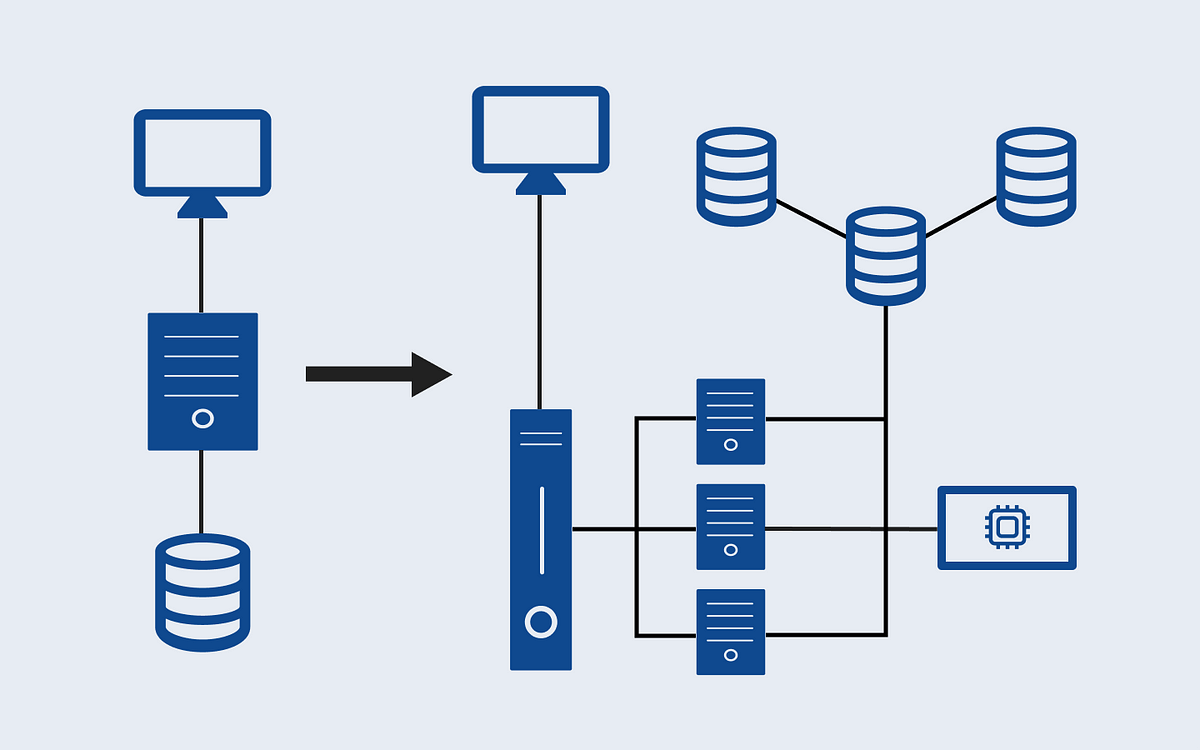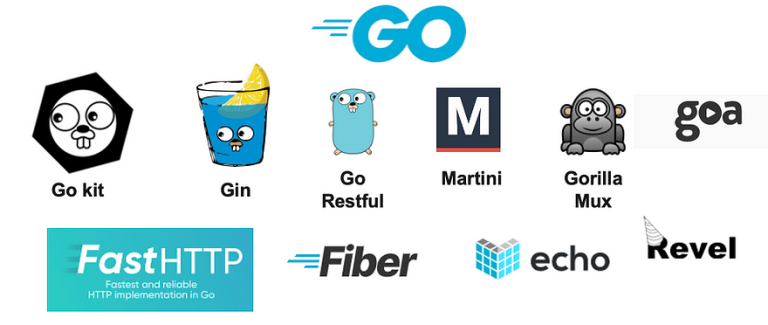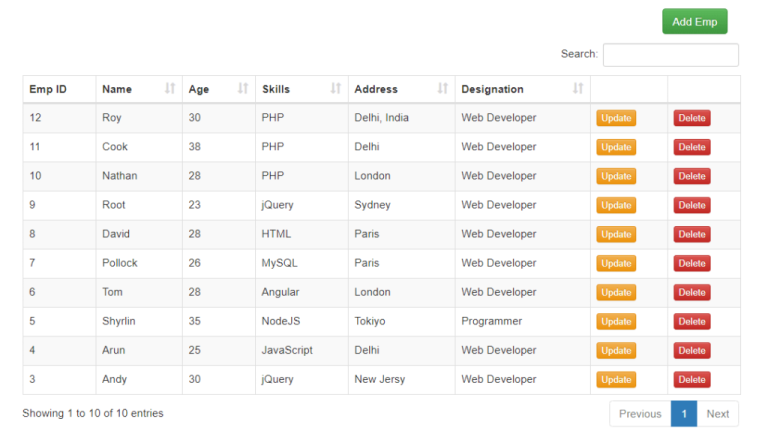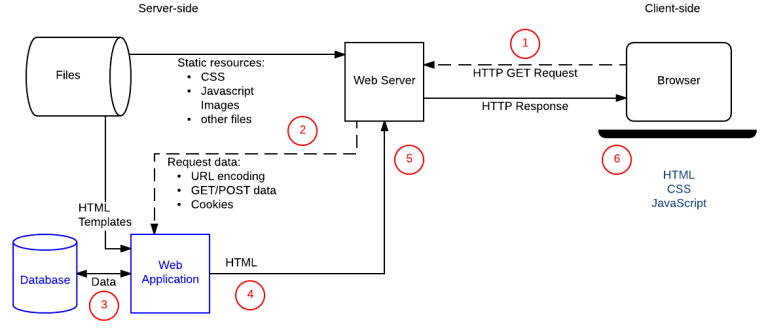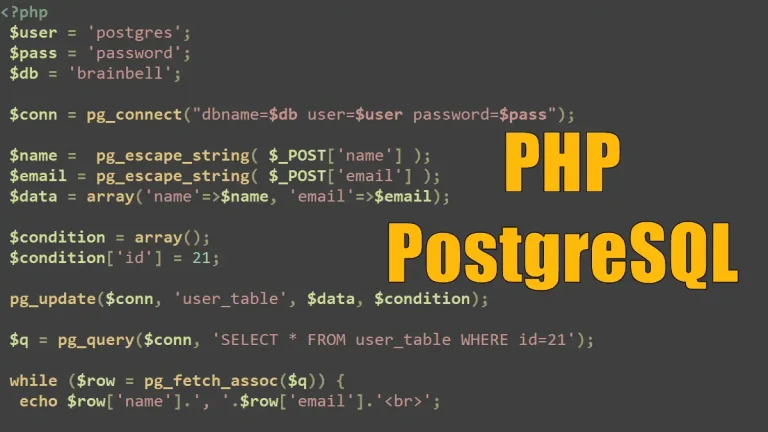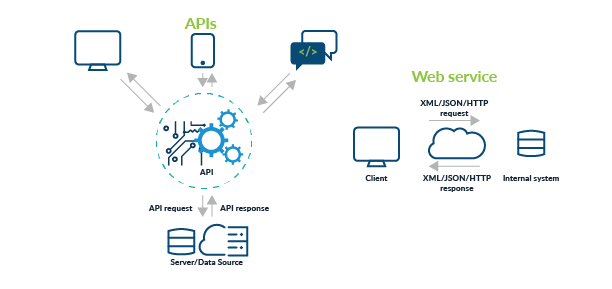Introduction
Creating high-performance and scalable PHP applications requires a combination of efficient coding practices, smart architecture decisions, and optimization techniques. In this article, we’ll explore best practices that can help you build PHP applications that perform well under high loads and scale seamlessly.
1. Use Opcode Caching:
PHP is an interpreted language, and every time a PHP script is executed, it needs to be parsed and compiled into opcode. Opcode caching tools like OPcache (included in PHP since version 5.5) store the compiled code in memory, reducing the need for repetitive parsing and compilation. This significantly improves the performance of PHP applications.
Ensure OPcache is enabled in your PHP configuration:
[opcache] zend_extension=opcache.so
2. Optimize Database Queries:
Efficient database queries are crucial for high-performance applications. Follow these practices:
- Use indexes on columns frequently used in WHERE clauses.
- Employ proper normalization and indexing in your database design.
- Use tools like MySQL’s
EXPLAINto analyze and optimize queries.
EXPLAIN SELECT * FROM users WHERE username = 'john';
3. Implement Caching:
Caching can dramatically reduce the load on your server. Use caching mechanisms for:
- Page Caching: Cache the output of entire pages to serve them without re-executing the PHP code.
- Object Caching: Cache the result of expensive function calls or database queries using tools like Memcached or Redis.
// Example using Memcached for caching
$memcached = new Memcached();
$memcached->addServer('localhost', 11211);
$key = 'user_profile_123';
$data = $memcached->get($key);
if (!$data) {
// Fetch data from the database
$data = fetchDataFromDatabase();
// Cache the data for future use
$memcached->set($key, $data, 3600); // Cache for one hour
}
// Use $data4. Load Balancing and Horizontal Scaling:
To handle increased traffic, distribute the load across multiple servers using load balancing. This can be achieved through various load balancing strategies, such as round-robin, least connections, or IP hashing.
Combine load balancing with horizontal scaling by adding more servers to your infrastructure. Tools like Docker and orchestration platforms like Kubernetes can facilitate easy scaling.
5. Asynchronous Processing:
Offload time-consuming tasks to asynchronous processes. This prevents the main application thread from being blocked. Use tools like message queues and workers to handle tasks like sending emails, processing background jobs, or generating reports.
Popular tools for asynchronous processing include RabbitMQ, Apache Kafka, and Laravel Queue.
6. Use Content Delivery Networks (CDNs):
Leverage CDNs to distribute static assets (CSS, JS, images) closer to end-users. This reduces latency and accelerates the loading of your web pages. Services like Cloudflare, AWS CloudFront, and Akamai offer CDN solutions.
7. Apply Gzip Compression:
Enable Gzip compression to reduce the size of data transferred between the server and clients. This significantly improves page load times, especially for text-based content.
Enable Gzip in your server configuration or through PHP:
# Apache
<IfModule mod_deflate.c>
AddOutputFilterByType DEFLATE text/html text/plain text/xml
</IfModule># Nginx gzip on; gzip_types text/html text/plain text/xml;
8. Profiling and Optimization:
Regularly profile your code to identify bottlenecks and areas for improvement. Tools like Xdebug, Blackfire, and New Relic can help you analyze the performance of your PHP applications.
Optimize critical sections of code based on profiling results, focusing on algorithms, loops, and database queries.
Conclusion:
Building high-performance and scalable PHP applications is a multifaceted task that involves optimizing both code and infrastructure. By employing these best practices, you can create applications that handle increased traffic, respond quickly, and provide a seamless user experience. Regular monitoring, profiling, and continuous optimization are key to maintaining and improving performance over time.

